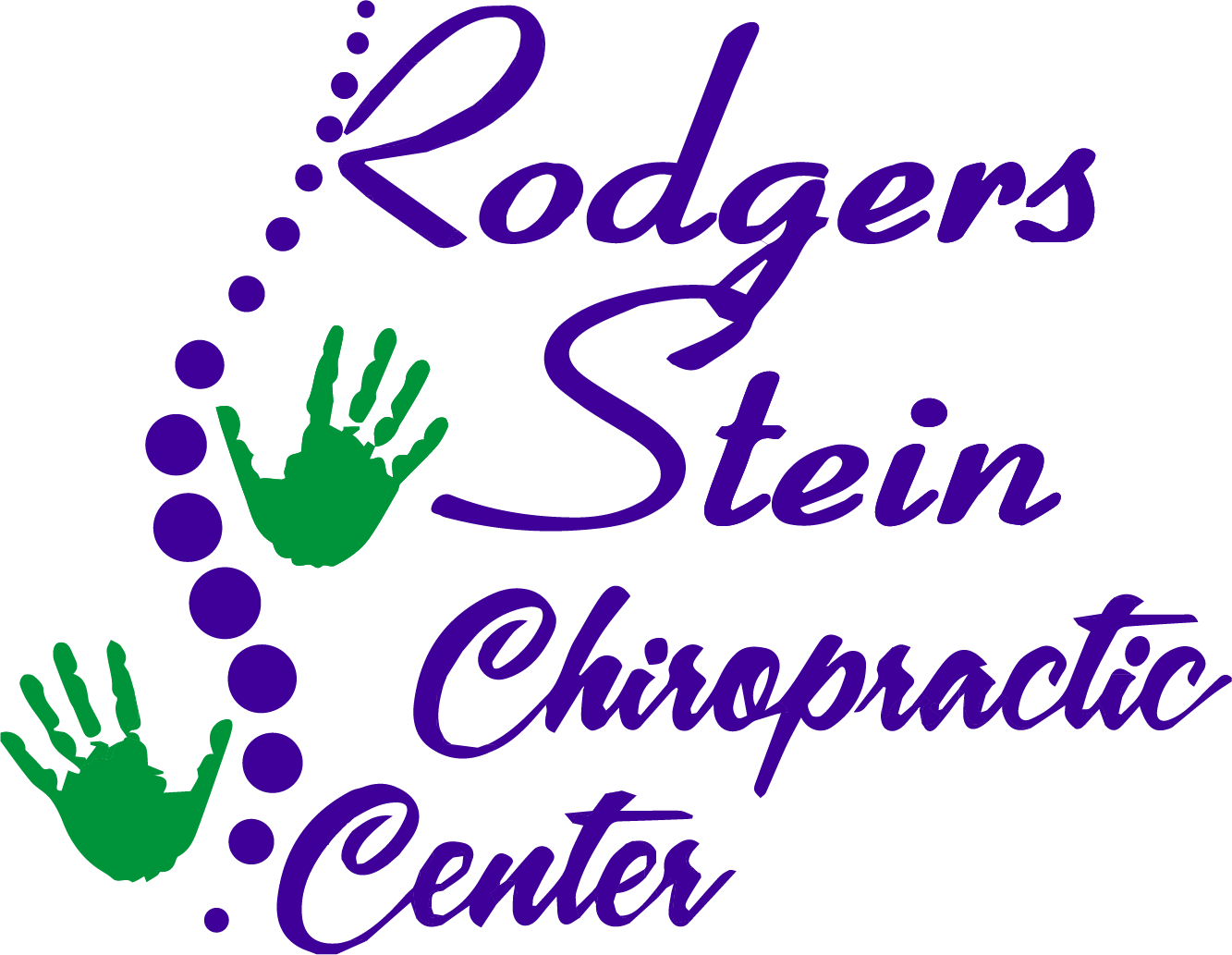If you're struggling with chronic back pain, you might be wondering what natural remedies can offer relief. Many people find success with options like herbal supplements and physical therapies that focus on flexibility and strength. You may also consider lifestyle modifications, mindfulness practices, or even hot and cold therapy as part of a thorough approach. The range of possibilities is broad, and what works for one person may not for another. So, what specific remedies could be the key to your comfort and recovery?
Herbal Supplements
When it comes to managing chronic back pain, many people turn to herbal supplements to help ease their discomfort. These natural remedies often offer a gentler alternative to pharmaceuticals, and you might find them effective in reducing inflammation or relaxing tight muscles.
Popular options include turmeric, boswellia, and ginger, each known for their anti-inflammatory properties.
Turmeric, for example, contains curcumin, which may help decrease pain and swelling. You can easily add turmeric to your meals or take it in capsule form.
Similarly, boswellia, often referred to as Indian frankincense, has a long history of use for pain relief. It works by inhibiting the production of inflammatory molecules, helping to improve mobility.
Ginger is another powerhouse; it not only helps with inflammation but also aids digestion, making it a beneficial addition to your routine. You can enjoy ginger tea or incorporate fresh ginger into your cooking for added flavor and health benefits.
While these herbal supplements can be helpful, it's crucial to consult with your healthcare provider before adding them to your regimen. They can interact with other medications and may not be suitable for everyone.
Keep in mind that herbal remedies often work best as part of a holistic approach to pain management, which might include physical therapy, exercise, and mindfulness techniques.
Essential Oils
Many people frequently find relief from chronic back pain through the use of essential oils. These concentrated plant extracts can provide soothing effects and help ease pain when used correctly. Oils like lavender, peppermint, and eucalyptus are particularly popular for their anti-inflammatory and analgesic properties.
To use essential oils, you can dilute them with a carrier oil, such as coconut or jojoba oil, and apply the mixture directly to the affected area. This topical application allows the oils to penetrate the skin and target pain more effectively. Additionally, you might consider using a diffuser to inhale the scents, as this can create a calming atmosphere and help reduce tension in your back muscles.
When choosing essential oils, you should focus on those known for their pain-relieving qualities. Lavender oil is renowned for its calming effects and can help reduce stress, which might contribute to your back pain. Peppermint oil contains menthol, which provides a cooling sensation that can temporarily relieve discomfort. Eucalyptus oil not only helps reduce inflammation but also acts as a natural analgesic.
Always remember to perform a patch test before applying any essential oil to your skin, as reactions can vary. If you're pregnant, nursing, or have any health concerns, consulting with a healthcare professional before using essential oils is a wise idea.
Incorporating these natural remedies into your pain management routine could help you find the relief you've been seeking.
Acupuncture Therapy
Acupuncture therapy uses fine needles to stimulate specific points on your body, promoting natural healing and pain relief.
You might find that this ancient practice offers significant benefits for managing chronic back pain.
How It Works
How does acupuncture therapy work to relieve chronic back pain? This ancient practice focuses on inserting thin needles into specific points on your body, helping to restore balance and promote healing.
Here's how it works:
- Stimulates Nerve Endings: The needles stimulate nerve endings, sending signals to your brain that can reduce pain perception.
- Releases Endorphins: Acupuncture triggers the release of endorphins, your body's natural painkillers, providing immediate relief.
- Improves Blood Flow: By increasing circulation, acupuncture helps deliver oxygen and nutrients to damaged tissues, which can accelerate healing and reduce inflammation.
- Balances Energy Flow: Acupuncture aims to correct imbalances in your body's energy flow (Qi), which may contribute to your chronic pain.
Benefits for Pain Relief
Experiencing chronic back pain can be debilitating, but acupuncture therapy offers several benefits that can help alleviate discomfort. This ancient practice involves inserting thin needles into specific points on your body, promoting healing and pain relief.
One significant benefit is its ability to reduce inflammation, which is often a key contributor to back pain. By targeting these inflammation sites, acupuncture can help you regain mobility and comfort.
Additionally, acupuncture stimulates the release of endorphins, your body's natural painkillers. This can lead to a reduction in pain perception, making daily activities more manageable. You might also notice improved blood circulation following treatment, which helps deliver essential nutrients to your muscles and tissues, further supporting recovery.
Moreover, acupuncture can help reduce stress and anxiety, which are often associated with chronic pain. By promoting relaxation, it allows your body to heal more effectively.
Many patients report not only immediate relief but also long-term improvements in their back pain after consistent sessions. If you're seeking a natural remedy for chronic back pain, acupuncture therapy could be a worthwhile option to evaluate.
Physical Therapy
Physical therapy offers a structured approach to alleviating chronic back pain, focusing on strengthening muscles and improving flexibility.
When you engage in physical therapy, you're not just addressing the pain; you're working towards a long-term solution that empowers you to regain control over your body.
Here are some key components of physical therapy that you may experience:
- Assessment: Your therapist will evaluate your posture, movement patterns, and any imbalances to tailor a program specifically for you.
- Strengthening Exercises: You'll engage in targeted exercises designed to strengthen your core and back muscles, providing better support for your spine.
- Stretching Techniques: Flexibility is essential in preventing future injuries. Your therapist will guide you through stretches that help loosen tight muscles and improve your range of motion.
- Education: You'll receive valuable insights on proper body mechanics and ergonomics, which can greatly reduce the risk of exacerbating your back pain in daily activities.
Mindfulness and Meditation
Mindfulness and meditation can play a vital role in managing your chronic back pain.
By practicing these techniques, you can reduce stress and improve your body awareness, which may lead to significant relief.
Let's explore some effective meditation techniques that can help you find comfort and ease in your daily life.
Benefits of Mindfulness
Practicing mindfulness and meditation can considerably alleviate chronic back pain by fostering a deeper connection between your mind and body. This connection allows you to become more aware of your physical sensations, helping you manage pain more effectively.
Here are some benefits of integrating mindfulness into your routine:
- Reduced Stress: Mindfulness helps lower stress levels, which can lead to muscle tension and exacerbate back pain.
- Improved Pain Management: By focusing on the present moment, you can shift your attention away from pain, reducing its perceived intensity.
- Enhanced Body Awareness: Mindfulness encourages you to listen to your body, enabling better posture and movement, which can prevent further injury.
- Emotional Regulation: Regular practice helps you develop coping strategies for emotional distress that might be tied to your pain, creating a more positive mindset.
Incorporating mindfulness into your daily life doesn't require extensive time commitments. Even a few minutes each day can lead to significant improvements in how you experience and manage chronic back pain.
Meditation Techniques for Relief
When it comes to managing chronic back pain, meditation techniques can offer powerful relief. By incorporating mindfulness and meditation into your daily routine, you can reduce stress, increase relaxation, and foster a better connection with your body.
Start with deep breathing exercises—simply sit comfortably, close your eyes, and take slow, deep breaths. Focus on your breath as it flows in and out, allowing tension to melt away.
You might also explore guided imagery. Picture a serene place where you feel safe and relaxed, and let that visualization distract you from pain.
Another effective method is progressive muscle relaxation. This involves tensing and then relaxing each muscle group, which can help release physical tension and enhance your awareness of pain.
Try to dedicate at least 10-15 minutes daily to these practices. As you become more familiar with meditation, you'll likely notice a greater sense of calm and improved pain management.
Dietary Changes
Your diet plays an essential role in managing chronic back pain, as the nutrients you consume can either support or hinder your body's healing process. Making a few dietary changes can notably impact your pain levels and overall health. Here are some key adjustments you might consider:
- Increase Omega-3 Fatty Acids: Foods rich in omega-3s, like salmon, walnuts, and flaxseeds, have anti-inflammatory properties. They can help reduce inflammation around your back and promote healing.
- Consume Antioxidant-Rich Foods: Fruits and vegetables like berries, spinach, and kale are packed with antioxidants. These nutrients combat oxidative stress, which can contribute to pain and inflammation.
- Stay Hydrated: Proper hydration is vital for maintaining spinal health. Drinking enough water helps keep the discs in your spine hydrated and functioning well. Aim for at least eight 8-ounce glasses daily.
- Limit Processed Foods: High in sugar and unhealthy fats, processed foods can increase inflammation in your body. Try to minimize these foods and focus on whole, unprocessed options instead.
Hot and Cold Therapy
When you're dealing with chronic back pain, hot and cold therapy can be game-changers.
Heat therapy helps relax tense muscles and improve blood flow, while cold therapy reduces inflammation and numbs sharp pain.
Understanding the benefits of each can help you choose the right approach for your relief.
Benefits of Heat Therapy
Heat therapy, whether applied through hot packs or warm baths, can provide significant relief for chronic back pain. By increasing blood flow to the affected area, heat helps to relax tight muscles and soothe discomfort.
Here are some key benefits you can experience with heat therapy:
- Muscle Relaxation: The warmth penetrates deeply, helping to loosen tight muscles and reduce spasms.
- Improved Blood Circulation: Increased blood flow delivers essential nutrients and oxygen to the tissues, promoting healing.
- Pain Relief: Heat can diminish pain signals sent to the brain, providing a comforting sensation that alleviates discomfort.
- Stress Reduction: Warmth can have a calming effect, helping you relax both physically and mentally, which is crucial for managing chronic pain.
To incorporate heat therapy into your routine, consider using a heating pad, warm towel, or soaking in a hot bath.
Just be sure to maintain a safe temperature to prevent burns. If you stick with heat therapy, you may find it to be a helpful tool in managing your chronic back pain effectively.
Advantages of Cold Therapy
While heat therapy is beneficial for chronic back pain, cold therapy offers its own set of advantages that can be just as effective in managing discomfort. Cold therapy works by constricting blood vessels, reducing inflammation, and numbing the area, which helps alleviate pain. If you're dealing with acute pain or a recent injury, applying a cold pack can provide quick relief.
Using cold therapy is simple. You can apply a cold compress or ice pack wrapped in a cloth directly to the painful area for about 15-20 minutes at a time. This method helps to limit swelling and can be particularly useful after activities that exacerbate your pain. You'll find that it's easy to incorporate into your routine.
Another advantage of cold therapy is its accessibility. Ice packs or frozen vegetables can be found in nearly every kitchen. Plus, it's cost-effective and doesn't require special equipment.
You can also alternate between heat and cold therapies to find the best balance for your needs. Overall, cold therapy is a powerful tool in your arsenal against chronic back pain, offering immediate relief and promoting recovery.
Massage Techniques
Many individuals find that incorporating effective massage techniques into their routine can considerably alleviate chronic back pain.
Whether you visit a professional or practice at home, massage can help reduce tension, improve circulation, and promote relaxation. Here are some techniques you might consider:
- Swedish Massage: This technique uses long, gliding strokes and kneading to relax muscles and improve blood flow. It's great for overall relaxation and can ease tension in your back.
- Deep Tissue Massage: Focused on the deeper layers of muscle tissue, this technique uses slower strokes and more intense pressure. It's particularly effective for chronic pain and muscle tightness.
- Trigger Point Therapy: This method targets specific knots in your muscles, known as trigger points. Applying pressure to these areas can release tension and alleviate pain in other parts of your back.
- Myofascial Release: This technique focuses on the fascia, the connective tissue surrounding your muscles. By applying gentle, sustained pressure, myofascial release can help restore movement and reduce pain.
You can combine these techniques or focus on just one, depending on your needs.
Remember to communicate with your massage therapist about your pain areas and preferences.
If you're trying self-massage, tools like foam rollers or massage balls can enhance your experience.
Regularly incorporating these techniques can make a noticeable difference in managing your chronic back pain.
Yoga and Stretching
Yoga and stretching can be powerful tools for managing chronic back pain. These practices help improve flexibility, strengthen muscles, and promote better posture, all of which can contribute to pain relief. When you engage in yoga, you're not just stretching; you're also focusing on your breath and mindfulness, which can have a calming effect on both your body and mind.
Start with gentle poses like Child's Pose or Cat-Cow to warm up your spine. These positions encourage movement without straining your muscles. As you progress, incorporate poses such as Downward Dog and Cobra, which help lengthen the spine and strengthen supportive muscles. Remember to listen to your body. If a pose doesn't feel right, modify it or skip it entirely.
Stretching is equally important. Simple stretches like hamstring stretches or seated forward bends can relieve tension in your back. Aim for a routine that includes both yoga and stretching, dedicating at least 15-30 minutes a day to these practices. Consistency is key; over time, you'll likely notice improvements in your flexibility and a reduction in pain.
Additionally, consider joining a class or following online tutorials to guarantee you're practicing the poses correctly. This can help prevent injuries and enhance the benefits.
Lifestyle Modifications
Making small but impactful lifestyle modifications can greatly alleviate chronic back pain. By adjusting your daily habits, you can create a supportive environment for your back. Here are four key changes to contemplate:
- Improve Your Posture: Whether you're sitting at a desk or standing, maintaining good posture is essential. Keep your shoulders back, and your spine aligned. If you sit for long periods, invest in an ergonomic chair that supports your lower back.
- Stay Active: Regular physical activity strengthens your back muscles and improves flexibility. Aim for low-impact exercises like walking, swimming, or cycling. Even a short daily walk can make a difference in your back health.
- Mind Your Weight: Carrying excess weight puts added strain on your back. Adopting a balanced diet rich in fruits, vegetables, and whole grains can help you maintain a healthy weight. It's also important to limit processed foods and sugary beverages.
- Sleep Smart: Your sleeping position can affect your back pain. Try sleeping on your side with a pillow between your knees, or on your back with a pillow under your knees. Verify your mattress provides adequate support, as an old, sagging mattress can exacerbate pain.
Incorporating these lifestyle changes into your routine can set the foundation for a healthier back and help you manage chronic pain more effectively.
Start with one or two modifications and gradually build from there.
Conclusion
Incorporating natural remedies into your routine can markedly alleviate chronic back pain. By using herbal supplements, practicing mindfulness, and engaging in physical therapies like yoga and massage, you can boost your comfort and well-being. Don't forget the benefits of hot and cold therapy and essential oils to enhance your relief. By making these lifestyle modifications, you're not just managing your pain; you're also taking proactive steps toward a healthier, more active life.



